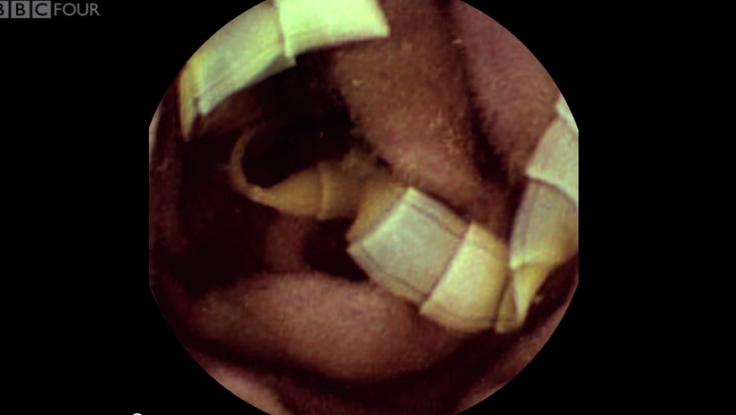Bot Fly Infestation Documentary and Other Strange Acts Of Self-Experimentation, All Done In The Name Of Science

Scientists will do just about anything in their quest for knowledge, and using their own bodies as a test subject is no exception. Recently an entomologist fully documented his bot fly experience, from the implantation of the egg to the emersion of the tiny fly. The video is cringe-worthy, to say the very least, but it’s by far not the only act of self-experimentation done all in the name of science.
The bot fly found fame on YouTube after users began sharing their gruesome experiences with the South American parasite. The larva truly looks like it’s just stepped out of someone’s worst nightmare. Although only a few millimeters long, the larva is completely covered in tiny black spikes with the sole purpose of making it extremely hard to remove it from its host.
Female bot flies will lay their eggs on mosquitoes in the hope that they will find a mammalian host, The Washington Post reported. The body heat from the host then allows the eggs to grow and mature, and after a few weeks, fully formed bot fly larvae will emerge from the host’s flesh. Although the presence of bot flies is relatively harmless and not usually painful, most times they are removed because of the sheer grossness of the situation. In a video recently released on Vimeo, entomologist Piotr Naskrecki decided to leave the larvae. The result is absolutely fascinating and shows a fully grown bot fly larva being pulled from his flesh. Check out the full video here.
Scientists are also letting bed bugs bite them in the hopes that it will help them discover better ways to deter and trap the pests. Simon Fraser University biologist Regine Gries suffered approximately 180,000 bed bug bites on purpose in order to create the bed bug trap. Through her plight, Gries and her team were able to identify a histamine molecule that signals a safe space for the bugs. The result is a system of luring and then trapping the bugs, and saving countless individuals from their unwanted bites.
"This trap will help landlords, tenants, and pest-control professionals determine whether premises have a bed bug problem, so that they can treat it quickly. It will also be useful for monitoring the treatment’s effectiveness,” Gries said in a press release.
Last year, Dr. Micheal Mosley made headlines when he purposely infected himself with yet another parasite, this time the tapeworm, for a BBC documentary. As reported by BBC, Mosley swallowed tapeworm cysts which he obtained from infected cattle in Kenya. Mosley then swallowed a camera that revealed he had two worms attached at the lining of his intestines.
“I was delighted, but at the same time, it was rather horrible,” Mosley explained of his ordeal. From his experience, Mosley documented that although he did not suffer from pain, he did gain weight due to his increased appetite, an observation that conflicts with common knowledge of tapeworn infestations.
"So anyone who is thinking of popping parasites as a weight-loss device should think twice," Mosley warned.
For the record, the brave doctor also stuck a leech on his arm and infested himself with lice, also for the sake of science.
Published by Medicaldaily.com



























